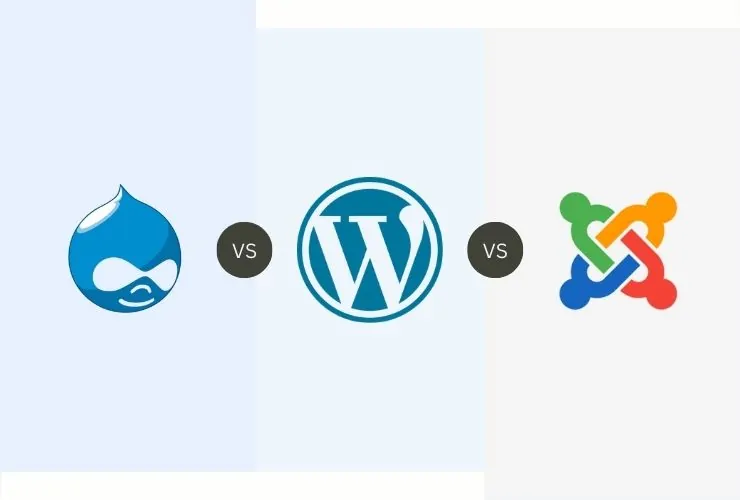Caching is likely the most effective way to speed up the web—Drupal is well-placed to support this. More complex and populated sites become, the more they can get bogged down with performance bottlenecks if content and pieces are rebuilt on every request. Drupal’s caching system avoids this through caching reusable content so that pages render faster and servers can handle more users with less burden.
Whether you’re running a high-traffic business portal, a news website with high content volume, or an active e-commerce site, leveraging Drupal’s caching feature is key to speed, user experience, and scalability.
Why Caching Is Important in Drupal
Each time a page is requested by a user, Drupal undertakes several steps—loading database data, checking user permissions, loading templates, and rendering the final output. The involved process can become a performance bottleneck on high-traffic sites.
Drupal minimizes server load, processing time, and user response time by caching the outcome of these steps. This has the following effect:
- Faster page loading: Lower latency increases user interaction and stickiness.
- Less server loading: Higher levels of concurrent users can be handled without requiring hardware changes.
- Better SEO: Google and other search engines use page speed in rankings.
- Better scalability: Applications are not slowed down by added users.
- Cost savings: Saves on hosting and infrastructure expenses by keeping usage under control.
Caching Types in Drupal
Drupal provides several caching methodologies, each appropriate for different aspects of content delivery and rendering:
1. Page Caching
Recalls the complete rendered HTML of a page for anonymous visitors. The cache is well-suited to content that doesn’t change very often, such as blog entries or static landing pages.
2. Dynamic Page Cache
Supports dynamic content and signed-in users. Instead of caching an entire page, it caches parts of a page that are static, supporting real-time rendering of user-specific items.
3. Render Caching
Implemented at the component level to cache sections of a block, views, menus, and more. It prevents recursive rendering of often reused interface components across pages.
4. Twig Template Caching
Drupal compiles Twig templates into PHP and saves the compiled result in cache. This significantly improves rendering time because the system does not have to recompile templates with every page request.
5. Custom Cache with Cache API
Developers may implement custom cache bins and save calculated data such as third-party API response or custom logic output. This improves custom module behavior acceleration without compromising Drupal’s caching structure.
Enabling and Configuring Caching in Drupal
In order to achieve the best caching for your Drupal website:
- Go to Configuration > Development > Performance
- Enable anonymous user caching
- Cache lifetime depending on how frequently your content changes
- Enable CSS and JavaScript aggregation to have fewer and smaller files
- Enable View caching per view in order to reduce database queries
Other utilities and modules for the better caching:
- AdvAgg (Advanced Aggregation): Caches and aggregates CSS and JS files for the better frontend performance.
- Boost: Enables static file caching for anonymous visitors, suitable for the most trafficked unauthenticated sites.
- Redis or Memcached: Provides in-memory cache backends to provide faster data access and better performance in high-scale setups.
Best Practices for Drupal Caching
- Cache selectively: Optimize the least frequently updated areas of your site for maximum hits.
- Use smart cache invalidation: Avoid global cache flushes when only specific components have to be updated.
- Leverage content delivery networks (CDNs): Cache static resources like images, stylesheets, and scripts globally.
- Use reverse proxies: Varnish and similar tools can cache entire pages before they hit the web server.
- Test thoroughly: Cache behavior will be influenced by configuration changes or content structure. Test always before deployment.
- Manage your cache layers: Avoid cache conflicts or misconfigurations by recording caching rules and ownership.
When to Clear the Cache
Clearing the cache is occasionally inevitable, but use care:
- Upon installing or updating modules/themes
- When changing content structure (e.g., adding fields or modifying views)
- Upon updating routing or URL aliases
- Upon deploying new features or layouts
Avoid unnecessarily clearing caches, especially on live sites, as it can temporarily increase server load and decrease performance.
Advanced Caching Techniques
For top-level performance and more precise control, Drupal provides more advanced caching techniques:
- Cache Tags: Support entity or view-based cache invalidation without affecting unrelated content.
- Cache Contexts: Create differences in cached content based on attributes like language, user type, or device.
- Lazy Builders: Show dynamic content on cached pages without sacrificing performance benefits.
- CDN Integration: Leverage networks like Cloudflare or Akamai to offload the delivery of assets, making content quicker to deliver anywhere globally.
- Performance Monitoring: Track caching effectiveness and identify bottlenecks with utilities like New Relic or Blackfire.
Conclusion
Caching in Drupal is not an extra feature—it’s a necessity for high-performing, scalable web applications. With proper use of multiple forms of caching and following best practices, you can greatly reduce load times, handle more users, and optimize the performance of your site overall.
Whether a blog website, an active corporate website, or a very busy application, caching enables Drupal to serve the requirements of users without sacrifice of performance or flexibility.














